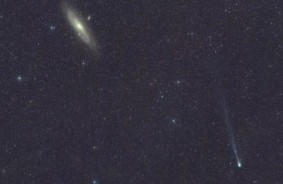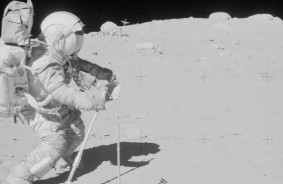An international group of researchers has discovered a record number of frozen viral genomes in an ice sample from the Tibetan plateau, which could enhance our understanding of climate changes and ecosystems in both the past and future.
In the Guliya glacier on the Tibetan plateau, scientists found 1,705 species of viruses preserved in ice for tens of thousands of years. This research, published in Nature Geoscience, provides an unprecedented amount of information about viruses obtained from the glacier. The discovery spans a period of up to 41,000 years in the past and opens new avenues for studying Earth's climate history.
The identified viruses played a critical role in their local ecosystems. They influenced diversity and evolution through processes of selective pressure Selective pressure refers to the influence of external factors (ecological, climatic, biological) that promote the survival and reproduction of organisms with traits favorable to these conditions. This is a fundamental mechanism of natural selection. and virus-mediated gene transfer
Selective pressure refers to the influence of external factors (ecological, climatic, biological) that promote the survival and reproduction of organisms with traits favorable to these conditions. This is a fundamental mechanism of natural selection. and virus-mediated gene transfer Virus-mediated gene transfer is a process in which viruses transfer genetic material between organisms, potentially leading to changes in the genetic composition of populations and, consequently, to evolutionary changes. This is one of the mechanisms of horizontal gene transfer.. The researchers noted that viruses can even shape the ecological metabolism of an ecosystem by influencing the absorption and production of compounds in the environment.
Virus-mediated gene transfer is a process in which viruses transfer genetic material between organisms, potentially leading to changes in the genetic composition of populations and, consequently, to evolutionary changes. This is one of the mechanisms of horizontal gene transfer.. The researchers noted that viruses can even shape the ecological metabolism of an ecosystem by influencing the absorption and production of compounds in the environment.
The researchers found a clear relationship between climatic conditions and viral communities. During cold periods, the viral community of the Guliya glacier tended to revert to a similar, albeit not identical, composition. Each warm period, however, was characterized by a unique set of viral species. The most diverse mixture of microbes dates back around 11,500 years, coinciding with the transition from the last ice age to the stable and temperate Holocene (the current geological epoch, which continues to this day).
More than 70% of the identified viruses were unique to the Guliya glacier. Only 12% of the total viruses are also known outside of Asia, and less than 1% have been documented in environments unrelated to glaciers.
This study opens new prospects for predicting future climate. Scientists emphasize that understanding the relationship between viruses, bacterial metabolism, and climate could help answer complex questions, such as the role of wetlands or forests in sequestering or releasing carbon dioxide. However, researchers caution that glacier melting poses a threat to the loss of this invaluable information about climate history.
Source: Popsci














Comments (0)
There are no comments for now